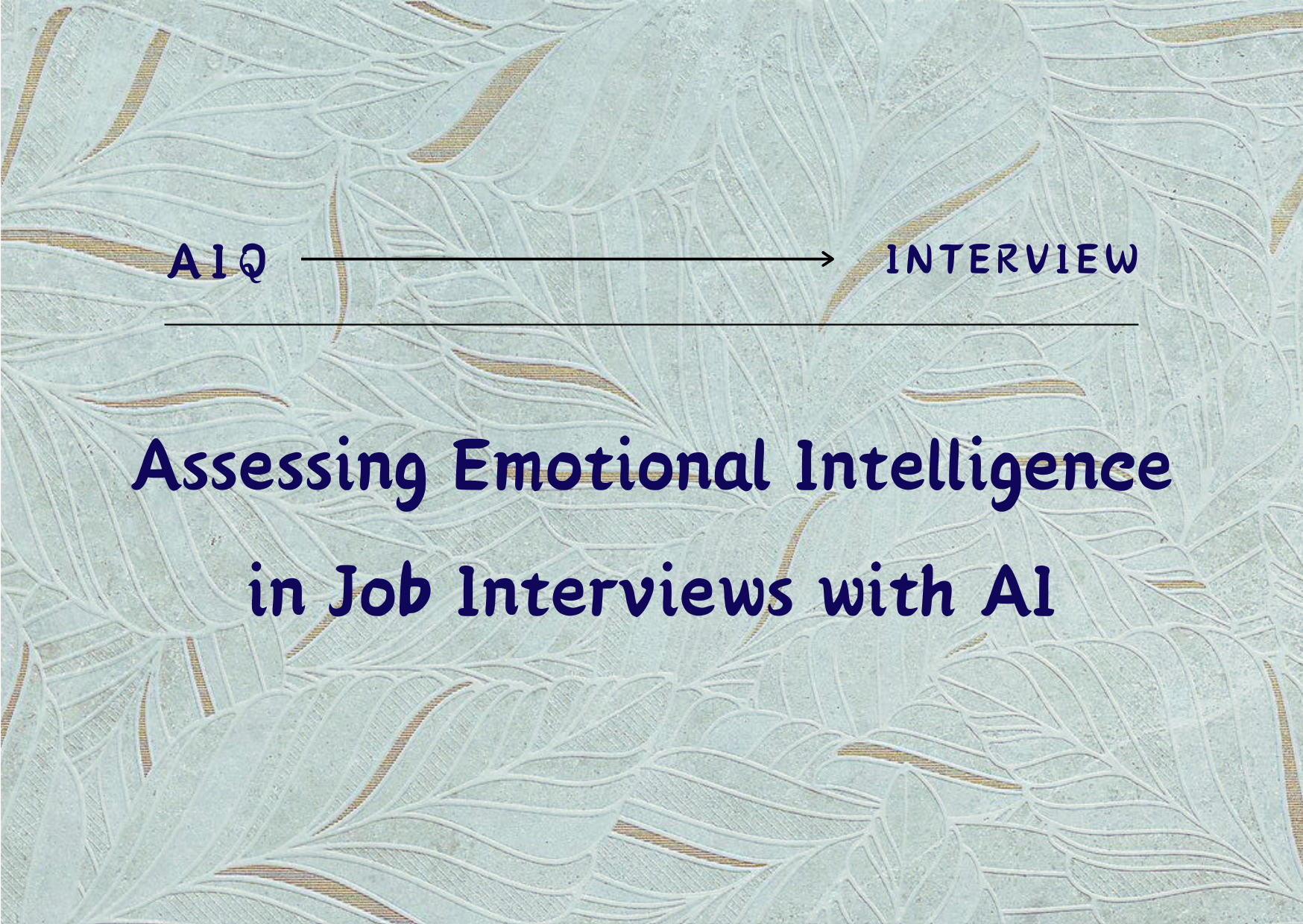In the intricate tapestry of human interaction, emotional intelligence (EI) stands as a thread that weaves through the fabric of professional success. As the corporate landscape evolves, the demand for emotionally intelligent employees grows, prompting organizations to seek innovative methods to gauge this elusive quality. Enter artificial intelligence (AI), a powerful ally in the quest to assess emotional intelligence in job interviews.
Introduction: The role of emotional intelligence in the workplace cannot be overstated. It is the cornerstone of effective leadership, teamwork, and conflict resolution. However, EI is not easily measured through traditional interview methods. AI’s entry into the recruitment process offers a new lens through which we can view a candidate’s emotional acumen.
The AI-Enhanced Interview Process: AI’s capabilities extend beyond data analysis to the nuanced realm of emotional recognition. By integrating AI into the interview process, recruiters can gain insights into a candidate’s emotional responses to various stimuli. This includes their ability to recognize and manage their own emotions, as well as empathize with others, key components of EI.
Facial Expression Analysis: AI’s prowess in facial expression analysis allows it to detect subtle cues that indicate a candidate’s emotional state. From the flicker of a smile to the furrow of a brow, these micro-expressions can reveal a candidate’s emotional intelligence, providing a deeper understanding of their interpersonal skills.
Voice Tone and Pitch Detection: The timbre of a candidate’s voice can convey a wealth of emotional information. AI algorithms can analyze voice tone and pitch to assess a candidate’s confidence, sincerity, and emotional stability, offering a more comprehensive view of their EI.
Language Processing and Sentiment Analysis: AI’s natural language processing (NLP) capabilities enable it to dissect the semantics of a candidate’s responses. By performing sentiment analysis, AI can gauge the emotional content of a candidate’s speech, providing insights into their emotional self-awareness and empathy.
Scenario-Based Emotional Response Testing: AI can simulate real-world scenarios to test a candidate’s emotional responses. These virtual situations allow candidates to demonstrate their EI in a controlled environment, enabling AI to evaluate their decision-making processes under emotional pressure.
Integration with Traditional Assessments: While AI offers a new dimension in EI assessment, it is most effective when integrated with traditional methods. By combining AI’s analytical capabilities with the intuition of human recruiters, organizations can achieve a more holistic understanding of a candidate’s EI.
Challenges and Ethical Considerations: The integration of AI in EI assessment is not without its challenges. Privacy concerns, the potential for bias in AI algorithms, and the ethical implications of emotional surveillance must be carefully considered and addressed.
Conclusion: As AI continues to advance, its role in the assessment of emotional intelligence during job interviews will only grow. By providing a more objective and nuanced evaluation of a candidate’s EI, AI has the potential to revolutionize the recruitment process, ensuring that organizations hire individuals who not only possess the necessary technical skills but also the emotional intelligence to thrive in the modern workplace.
